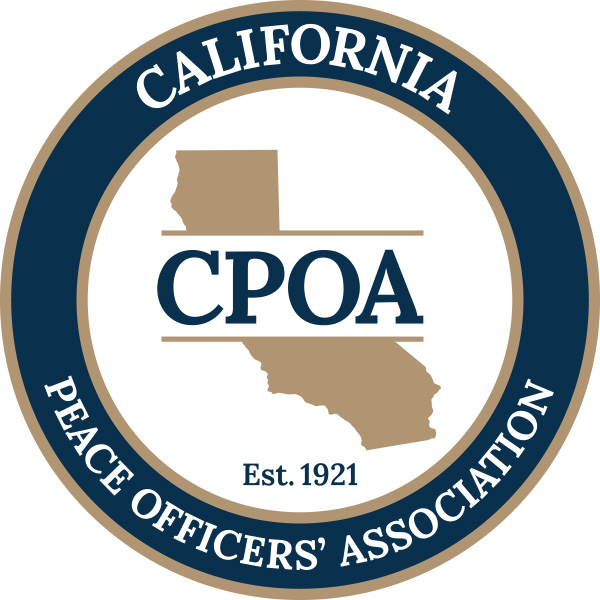Provided by James R. Touchstone Esq
In October 2021, the United States Supreme Court, in its per curiam decision City of Tahlequah v. Bond,[1] concluded that a Circuit Court of Appeals erred in denying police officers qualified immunity. In reaching its conclusion, the Supreme Court found that there was no clearly established law with the appropriate level of specificity to align with the facts of the case here.
Background
In August 2016, Dominic Rollice’s ex-wife, Joy, called 911. Rollice was in her garage, she explained, and he was intoxicated and would not leave. Joy requested police assistance; otherwise, she said, “it’s going to get ugly real quick.” The dispatcher asked whether Rollice lived at the residence. Joy said he did not, but explained that he kept tools in her garage. Police officers Josh Girdner, Chase Reed, and Brandon Vick responded to the call. All three knew that Rollice was Joy’s ex-husband, was intoxicated, and would not leave her home.
Joy met the officers out front and led them to the side entrance of the garage. There the officers encountered Rollice and began speaking with him in the doorway. Rollice expressed concern that the officers intended to take him to jail; Officer Girdner told him that they were only trying to get him a ride. Rollice began fidgeting with something in his hands and the officers noticed that he appeared nervous. Officer Girdner asked if he could pat Rollice down for weapons, but Rollice refused.
Police body-camera video captured the events that followed. As the conversation continued, Officer Girdner gestured with his hands and took one step toward the doorway, causing Rollice to take one step back. Rollice, while continuing to talk with the officers, turned around and walked toward the back of the garage where his tools were hanging over a workbench. Officer Girdner followed, with the others close behind. No officer was within six feet of Rollice. Although the video is silent at this point, the officers stated that they ordered Rollice to stop. Rollice kept walking. He then grabbed a hammer from the back wall over the workbench and turned around to face the officers. Rollice grasped the handle of the hammer with both hands, as if preparing to swing a baseball bat, and pulled it up to shoulder level. The officers backed up, drawing their guns. At this time the video is no longer silent, and the officers can be heard yelling at Rollice to drop the hammer.
However, Rollice did not drop the hammer. Instead, Rollice took a few steps to his right, coming out from behind a piece of furniture so that he had an unobstructed path to Officer Girdner. He then raised the hammer higher back behind his head and took a stance as if he was about to throw the hammer or charge at the officers. In response, Officers Girdner and Vick fired their weapons, killing Rollice.
Rollice’s estate filed suit against, among others, Officers Girdner and Vick, alleging that the officers were liable under 42 U. S. C. section 1983 for violating Rollice’s Fourth Amendment right to be free from excessive force. The District Court granted the officers’ motion for summary judgment, both on the merits and on qualified immunity grounds. The officers’ use of force was reasonable, District Court concluded, and even if not, qualified immunity prevented the case from going further.
The Tenth Circuit Court of Appeals reversed. The Circuit Court initially explained that Tenth Circuit precedent allows an officer to be held liable for a shooting that is itself objectively reasonable if the officer’s reckless or deliberate conduct created a situation requiring deadly force. Applying that rule, the Circuit Court concluded that a jury could find that Officer Girdner’s initial step toward Rollice and the officers’ subsequent “cornering” of him in the back of the garage recklessly created the situation that led to the fatal shooting, such that their ultimate use of deadly force was unconstitutional. As to qualified immunity, the Court of Appeals concluded that several cases, most notably Allen v. Muskogee, 119 F.3d 837 (10th Cir. 1997), clearly established that the officers’ conduct was unlawful. 981 F. 3d, at 826. The officers petitioned for writ of certiorari.
Discussion
The Supreme Court of the United States declared at the outset that it need not, and did not here, decide whether the officers violated the Fourth Amendment in the first place, or whether recklessly creating a situation that requires deadly force can itself violate the Fourth Amendment. The Court explained that on the record here, “the officers plainly did not violate any clearly established law.”
The Court observed that the doctrine of qualified immunity shields officers from civil liability so long as their conduct “does not violate clearly established statutory or constitutional rights of which a reasonable person would have known.” Pearson v. Callahan, 555 U. S. 223, 231 (2009). The high court had previously explained that qualified immunity protects “‘all but the plainly incompetent or those who knowingly violate the law.’” District of Columbia v. Wesby, 583 U. S. ___, ___ -___ (2018) (slip op., at 13-14) (quoting Malley v. Briggs, 475 U. S. 335, 341 (1986)).
The Supreme Court here stated that it had repeatedly told courts not to define clearly established law at too high a level of generality. See, e.g., Ashcroft v. al-Kidd, 563 U. S. 731, 742 (2011). The Court explained that it is not enough that a rule be suggested by then-existing precedent; the “rule’s contours must be so well defined that it is ‘clear to a reasonable officer that his conduct was unlawful in the situation he confronted.’” Wesby, 583 U. S., at ___ (slip op., at 14) (quoting Saucier v. Katz, 533 U. S. 194, 202 (2001)). Such specificity is “especially important in the Fourth Amendment context,” where it is “sometimes difficult for an officer to determine how the relevant legal doctrine, here excessive force, will apply to the factual situation the officer confronts.” Mullenix v. Luna, 577 U. S. 7, 12 (2015) (per curiam) (internal quotation marks omitted).
The Supreme Court stated that the Tenth Circuit contravened those settled principles here. The high court stated that none of the decisions[2] upon which the Court of Appeals relied came close to establishing that the officers’ conduct was unlawful. The Tenth Circuit relied most heavily on Allen, but the Supreme Court found the facts of Allen significantly different from the facts here. The Court noted that the officers in Allen responded to a potential suicide call by sprinting toward a parked car, screaming at the suspect, and attempting to physically wrest a gun from his hands. Officers Girdner and Vick, by contrast, engaged in a conversation with Rollice, followed him into a garage at a distance of 6 to 10 feet, and did not yell until after he picked up a hammer. The Supreme Court stated that it could not conclude that Allen “clearly established” that the officers’ conduct here was reckless or that their ultimate use of force was unlawful. The Supreme Court found the other decisions relied upon by the Court of Appeals were even less relevant. Because neither the Circuit Court majority nor Rollice’s estate had identified any precedent finding a Fourth Amendment violation under similar circumstances, the Supreme Court concluded that the police officers “plainly” did not violate any clearly established law. The officers were therefore entitled to qualified immunity. Accordingly, the Supreme Court granted the officers’ petition for certiorari, as well as the motions for leave to file briefs amici curiae, and reversed the judgment of the Court of Appeals.
HOW THIS AFFECTS YOUR AGENCY
The Supreme Court reminded that it has repeatedly told courts not to define clearly established law at too high a level of generality, pointing to the now often-cited Ashcroft v. al-Kidd case. Agencies will observe that the Ninth Circuit, a frequent recent target of Supreme Court criticism on this basis for denying qualified immunity, was also reversed on the same day as City of Tahlequah v. Bond for erroneously determining that a materially different case clearly established law for the case there.
As always, if you want to discuss any of this in greater detail, do not hesitate to contact James Touchstone at jrt@jones-mayer.com or by telephone at (714) 446-1400.
Information on www.jones-mayer.com is for general use and is not legal advice. The mailing of this Client Alert Memorandum is not intended to create, and receipt of it does not constitute, an attorney-client-relationship.
[1] No. 20-1539, 2021 U.S. LEXIS 5311 (Oct. 18, 2021) (per curiam).
[2] Estate of Ceballos v. Husk, 919 F.3d 1204 (10th Cir. 2019), Hastings v. Barnes , 252 F. App’x 197 (10th Cir. 2007), Allen, 119 F. 3d 837, and Sevier v. Lawrence, 60 F.3d 695 (10th Cir. 1995).


